Soursop is a small tree, commonly found in South America and Africa. It grows in regions where there is humid and warm climate. Soursop fruit consists of important nutrients like Vitamin C, which have a wide range of health benefits.
Here are some of the things you need to know about growing Soursop trees:
Select the kind of Soursop tree you want
When it comes to planting Soursop trees, you have two options available. If you want a tree with fruits that you eat then you should opt for a sweet Soursop tree.
On the other hand, if you are aim to process Soursop into Guyabano juice, go for a sour Soursop tree.
Land preparation
This type of tree grows in any kind of soil however; it prefers a rich and deep loam. A well-drained soil with the PH value of 6.1 to 6.5 is preferable.
You can plant Soursop in rectangular or triangular patterns at a distance of 4mx4m to 7mx7m. In the case of large farms, you can prepare the land using the traditional plowing and harrowing tillage system. However, this may not be feasible for you if you are a small farmer.
For small farmers it is better to prepare the land by slashing the vegetation. Flatten the land once you are done with the vegetation. You will also need to dig holes, which have a width of 50 cm and are at least 50 cm deep.
After you set the seeds, fill the soil and water it immediately.
Fertilization
Regularly applying fertilizers encourages rapid growth of the tree. Sometimes the tree does not get all of the nutrients that it requires from the soil. In such cases, fertilizers can be beneficial.
You can start applying fertilizers one month after planting the tree. Initially the trees do not require a lot of fertilizer; however, with time, the proportion of fertilizer that the trees require increases.
By the time you reach the fruiting stage, the tree requires 250-300 grams of fertilizer. You can also use organic fertilizers, which can help provide the tree with micronutrients.
Watering
Soursop trees can survive in dry conditions however, like all trees; they also require water for healthy growth. If the tree goes on for a long period of time without water, it can lose all of its leaves.
Tree pruning
Tree pruning is quite beneficial since it allows light to reach the tree. It also removes overlong branches, which might be diseased.
Pest and disease control
Trees like all living things are susceptible to diseases. Keep a look out for signs of disease and take action accordingly if you notice the symptoms. There are different kinds of tree diseases some of which include the following:
- Root rot
- Anthracnose
- Pink disease
At the same time, you also need to make sure that your tree is safe from pests. Some common types of pests include the following:
- Oriental fruit fly
- Scale insects
- Root grubs
Formulating a crop protection plan is also beneficial since it helps in ensuring a good harvest.
Harvesting
The peak harvesting season for this type of tree is from May to June. You can harvest these fruits when they develop completely and are green. You can tell that the fruit has matured when its spine is set apart.
At this stage the color of the fruit loses its shine and turn yellowish green. Some farmers also engage in the process of selective harvesting since it is not necessary that all fruits mature simultaneously.
Are you planning on investing in Soursop trees? Contact us and find out all about Soursop farming and investing in Belize. We also provide guidelines for first time investors.
Email us your questions and queries at info@tkofarms.com.

